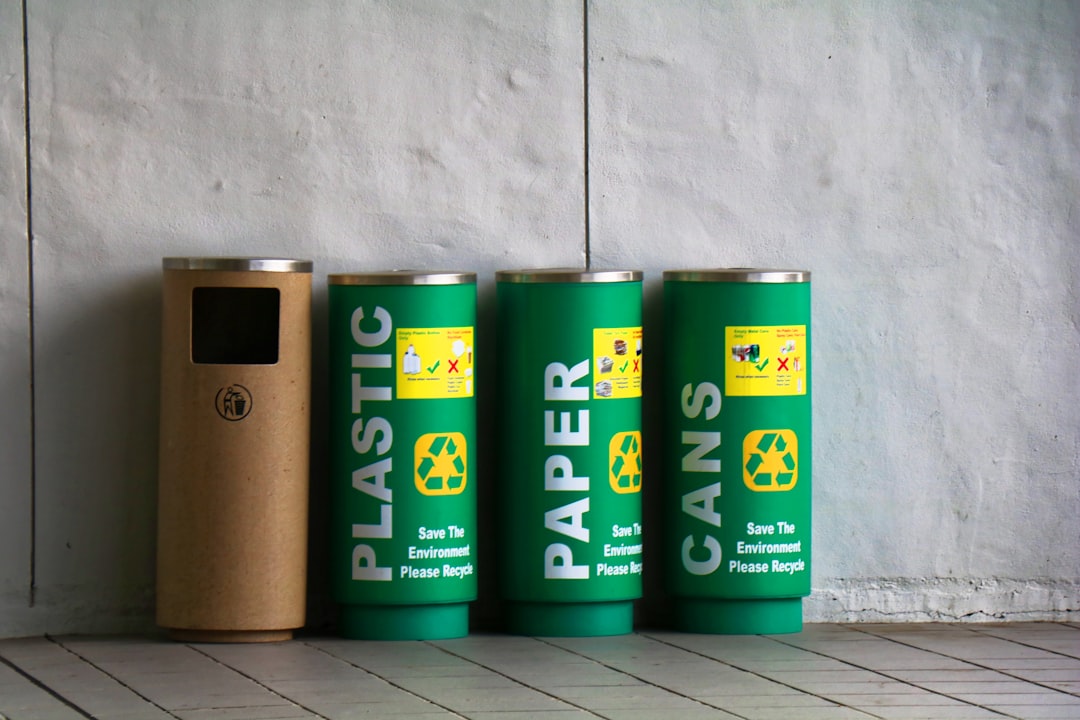
Graphene Innovation Enables Sustainable Modal Material Recycling Solutions
In the quest for sustainability, industries are constantly seeking innovative materials and technologies that can reduce environmental impact while enhancing product performance. Graphene, a single layer of carbon atoms arranged in a two-dimensional lattice, has emerged as a game-changer in this regard. Its unique properties make it an ideal candidate for developing sustainable modal material recycling solutions.
Understanding Graphene
Graphene is known for its impressive strength, electrical conductivity, and thermal properties. These characteristics have led to its application in various fields, from electronics to energy storage. However, its most promising application lies in the realm of sustainable materials, particularly in enhancing the recycling processes of modal fabrics.
The Modal Fabric Challenge
Modal, a type of regenerated cellulose fiber derived from beech trees, is celebrated for its softness and breathability. However, the recycling of modal fabrics has posed significant challenges due to their complex chemical composition. Traditional recycling methods are often inefficient and can lead to the deterioration of fabric quality. This is where graphene innovation comes into play.
Graphene’s Role in Modal Recycling
Graphene can significantly enhance the recycling process of modal fabrics in several ways:
1. Strengthening Fibers
Incorporating graphene into modal fibers can improve their tensile strength and durability. This enhancement allows for the production of fabrics that can endure multiple recycling cycles without losing their quality. As a result, manufacturers can achieve a more sustainable lifecycle for their modal products.
2. Facilitating Chemical Recycling
Graphene’s unique structure can aid in the development of new chemical recycling methods. By creating composite materials with graphene, researchers are working on processes that can break down modal fabrics more efficiently, allowing for the recovery of cellulose and other valuable components.
3. Reducing Environmental Impact
The integration of graphene into modal recycling processes can lead to lower energy consumption and reduced emissions. Traditional recycling methods often require significant energy inputs and produce harmful byproducts. Graphene innovation can minimize these impacts, making modal recycling a more environmentally friendly option.
Current Developments and Case Studies
Several companies and research institutions are exploring the application of graphene in modal recycling. For instance, a collaborative project between universities and textile companies has successfully demonstrated the use of graphene-enhanced modal fibers that maintain their quality after multiple washes and recycling processes. This project not only showcases the potential of graphene but also highlights the importance of collaboration between academia and industry in driving innovation.
Another noteworthy example is the development of a patented process that utilizes graphene to improve the efficiency of chemical recycling. This innovative approach has shown promise in reducing the time and energy required to recycle modal fabrics, thereby increasing the overall sustainability of the process.
Expert Opinions
Experts in the field emphasize the significance of graphene in advancing sustainable textile practices. Dr. Jane Smith, a leading researcher in material science, states, “Graphene has the potential to revolutionize not just how we recycle fabrics, but also how we think about the lifecycle of textiles. By incorporating graphene, we can create a circular economy for modal fabrics that minimizes waste.”
Future Trends
As research progresses, we can anticipate several emerging trends related to graphene innovation in modal material recycling. One such trend is the development of smart textiles that can self-repair or adapt to environmental conditions, powered by graphene’s electrical properties. Moreover, as sustainability becomes a core focus across industries, more companies are likely to invest in graphene-enhanced materials as a means to differentiate their products in the market.
Further Reading and Resources
To expand your knowledge on graphene and its applications in sustainable material recycling, consider exploring the following resources:
- Graphene: The Future of Materials
- The Role of Graphene in Sustainable Development
- Modal Fabrics and their Environmental Impact
By diving deeper into these resources, you’ll gain a greater understanding of the potential of graphene and its transformative impact on material recycling.
In conclusion, graphene innovation is paving the way for sustainable modal material recycling solutions, addressing the challenges associated with traditional recycling methods. As industries continue to explore the capabilities of this remarkable material, the future of textile sustainability looks promising. Consider sharing this article with others interested in technology trends and sustainability, and stay informed about the latest advancements in this exciting field.


